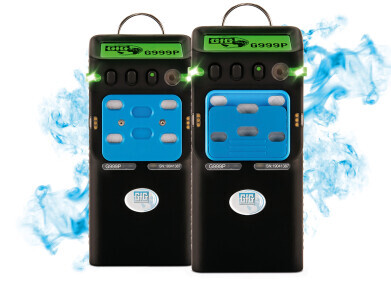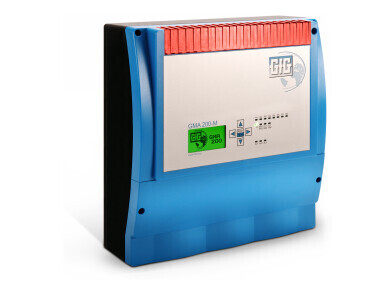Safety
How Are Lithium Batteries Tested?
Aug 23 2021
Used to power everything from smartphones to electric bikes, lithium batteries offer a laundry list of benefits over their nickel and lead counterparts. While useful across a range of applications, lithium batteries are also a Class 9 dangerous good and are subject to strict quality control and safety testing protocols. Below, we explore some of the ways lithium batteries are tested and why the in-depth assays are carried out.
UN shipping and transport regulations
Any retailer that ships lithium batteries or products containing lithium batteries must comply with regulations introduced by the United Nations Economic Commission for Europe (UNECE). Designed to mitigate the risks associated with transporting lithium batteries, the regulations are outlined in section 38.3 of the UN Manual of Tests and Criteria.
Companies around the world rely on international quality assurance provider Intertek to carry out lithium battery testing. The company offers a variety of services designed to simulate the conditions batteries may endure during shipping:
-
Altitude simulation
Altitude simulation testing is one of the most important stages. During this test, batteries are exposed to low pressure designed to simulate an unpressurised airplane cargo space. After being stored at 11.6kPa for more than six hours, batteries should not lose any mas or present issues such as leaks or voltage loss. The importance of this test was underscored in 2016 when a series of Galaxy Note 7s spontaneously combusted in airline cabins due to malfunctioning lithium batteries.
-
Thermal testing
Thermal testing is another key requirement, with batteries exposed to extreme temperatures as low as -40°C and as high as 75°C. After undergoing multiple temperature change cycles, batteries should show no significant signs of deterioration.
-
Vibration and shock
Vibration and shock are both major risks when shipping and transporting lithium batteries. The UNECE requires all lithium batteries and products containing lithium batteries to be tested under conditions that simulate vibration and shock exposure during transportation. C
-
Charger safety testing
Devices powered by lithium batteries are required to undergo special safety testing due to risks such as electric shock, overheating and self-combustion.
-
Electromagnetic Compatibility (EMC) testing
EMC testing is designed to prevent malfunction due to electromagnetic interference (EMI). Lithium batteries are also tested for EMI emissions, which can interfere with nearby devices.
Given the safety issues associated with lithium batteries, many companies are advocating for the use of alternative battery types in environments with potentially explosive atmospheres. Find out more about the risks of lithium batteries and the safety advantages offered by alternatives such as nickel metal hydride batteries in ‘Risks and side effects: The underestimated dangers of lithium-ion batteries’.
Digital Edition
PIN 25.1 Feb/March
March 2024
In This Edition Safety - The technology behind the ION Science Tiger XT - Safety with ammonia and LOHCs as hydrogen carriers Analytical Instrumentation - Discussion on new tribology te...
View all digital editions
Events
Apr 28 2024 Montreal, Quebec, Canada
Apr 30 2024 Birmingham, UK
May 03 2024 Seoul, South Korea
May 05 2024 Seville, Spain
May 06 2024 Riyadh, Saudi Arabia


.jpg)















